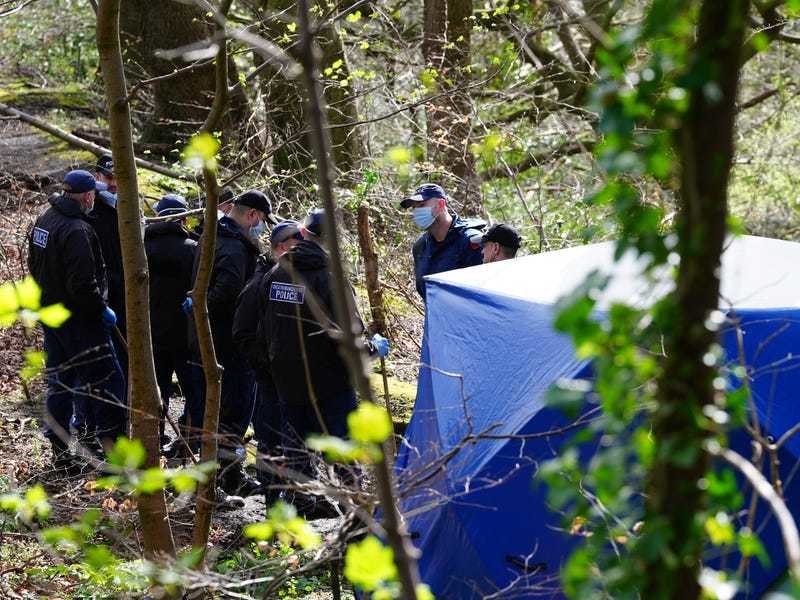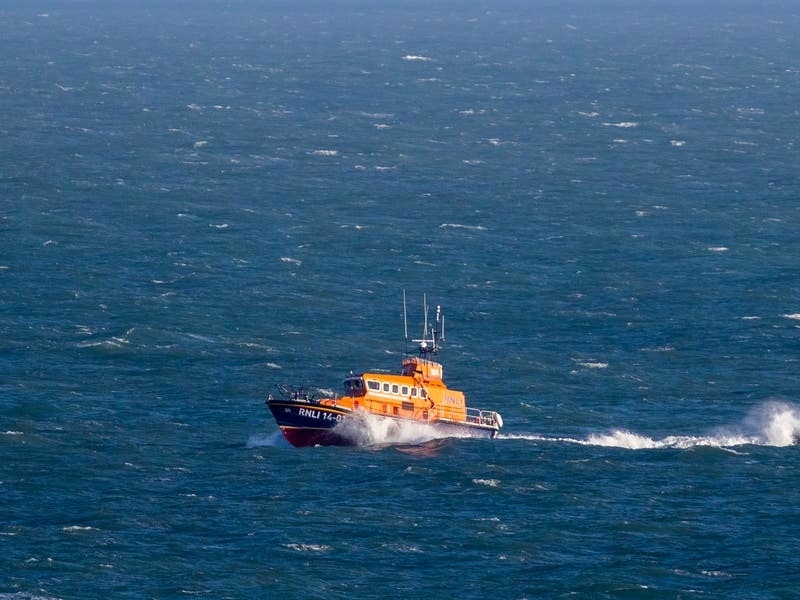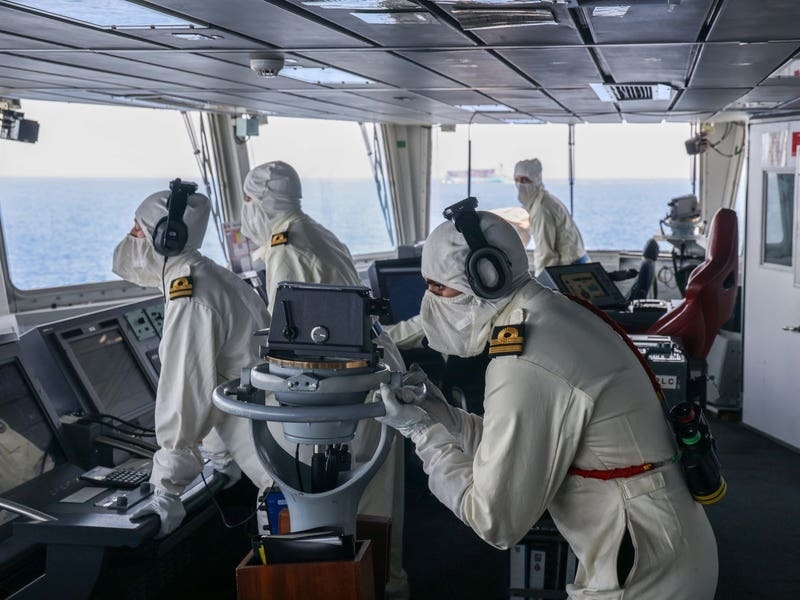John Smith (52), who formerly lived in Sion, died at the scene when the single-engine Piper Cherokee he was flying struck trees and plummeted out of control into a field on Bredon Hill in Worcestershire in January.
A trainee pilot – 24-year-old Kuwaiti national Ahmed Abdullah – was also killed.
A recently published Air Accidents Investigation Branch report states that the aircraft was one of two being flown from Coventry to Gloucester Airport for routine maintenance on 8 January.
Mr Smith, who was well-known in Jersey’s aviation community but had lived in the UK for many years, ‘was heard to express some concerns about the weather’ and ‘appeared anxious to start the trip as soon as possible’.
The report adds that the former Island resident – an experienced instructor with 5,700 hours’ flying experience – ‘gave the impression he was unhappy with the plan’ but there was ‘no evidence he raised any such concerns with the higher management of the flying school’.
Shortly before the crash, witnesses reported hearing the aircraft ‘flying low’ before appearing out of the cloud and ‘pulling up’ before disappearing from view.
Minutes later the plane struck the top of an outcrop of trees on the isolated hill, severing part of its left wing and forcing it to roll to the left and dive nose-down into a field 170 metres away.
The aircraft was destroyed in the impact.
Describing the final moments of the flight, the report states that the pilot encountered poor visibility, which had been forecast, and that the summit of Bredon Hill, at 940 feet, was in cloud.
‘Climbing into cloud was not a safe option because the aircraft was not equipped for flight in the icing conditions forecast to be present. Therefore the crew had either to try to find more favourable conditions or continue operating in poor visibility at low altitude.
‘These circumstances would have increased workload and stress, potentially reducing the crew’s performance,’ the report states.
Outlining the difficulties the pilot would have faced in navigating in the poor visibility, the report continued: ‘An aircraft with a ground speed of 140 kt will travel 1,500m in approximately 20 seconds. Therefore the timeframe available to the crew to react effectively would have been very short.
‘Consequently, in the conditions prevailing near Bredon Hill, it is likely the crew would have had insufficient time to avoid any obstacles they encountered.’
In its conclusion, the AAIB said that the aircraft struck trees ‘following flight into conditions of deteriorating visibility’ and, as it was not equipped to operate in icing conditions in the cloud above, it could ‘not climb to the minimum safe altitude’.
It added: ‘In visibility close to the limits permitted under VFR [a set of regulations under which a pilot operates an aircraft in weather generally clear enough to allow him/her to see where they are] there is very little time to
avoid terrain and obstacles… and should conditions deteriorate, flight in these circumstances presents few options for a safe outcome.’
Speaking after the accident James Evans, chief flying instructor at the Jersey Aero Club, described Mr Smith as an ‘absolute legend’.
He added: ‘Everyone at the club will say he was a very good pilot – he was extremely well-known and liked.’






